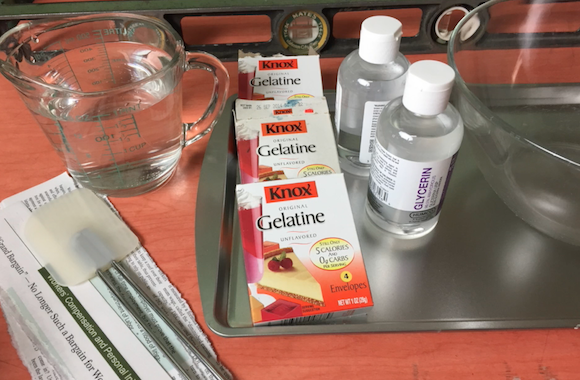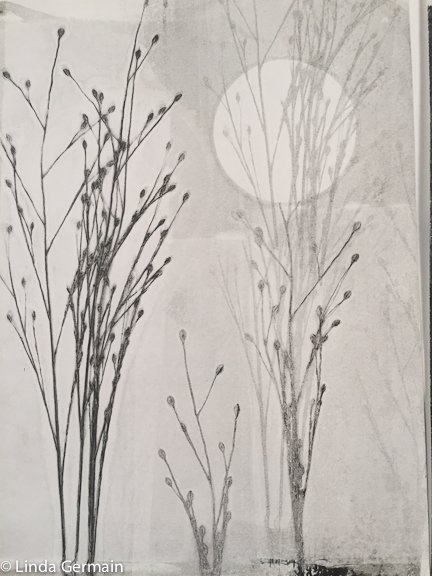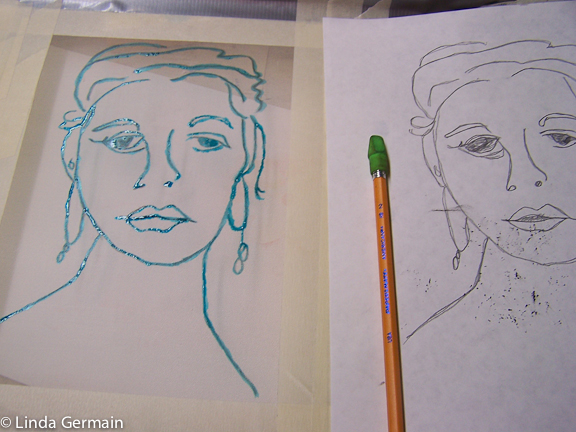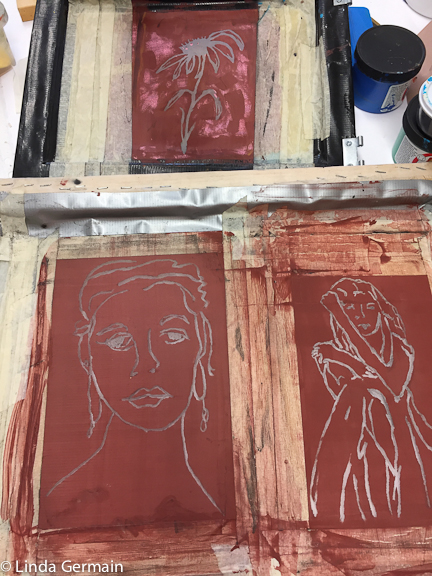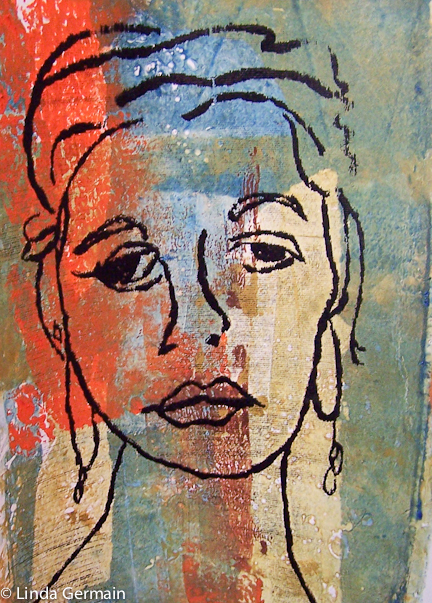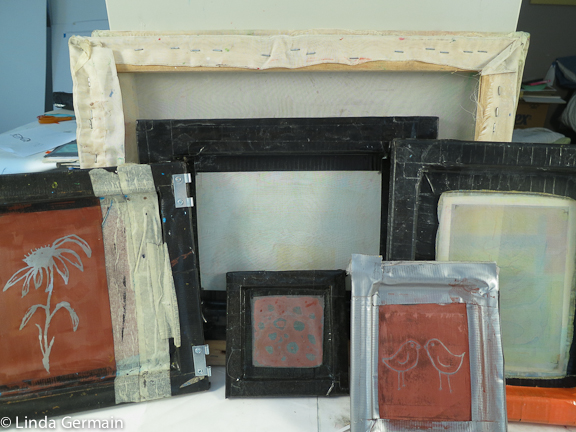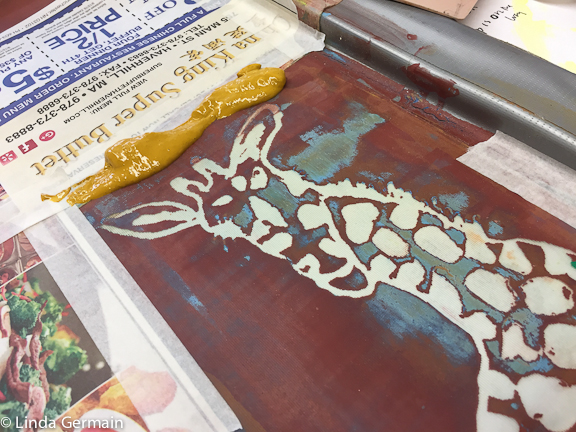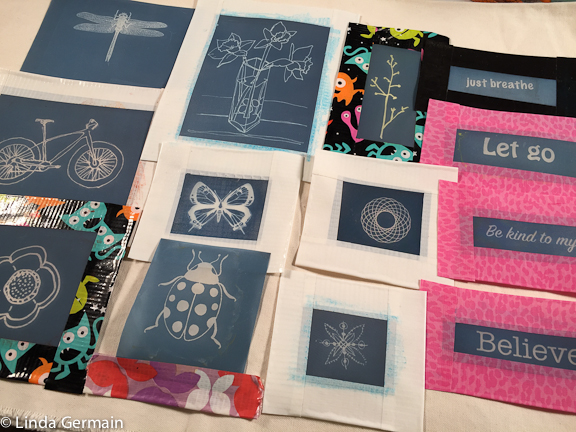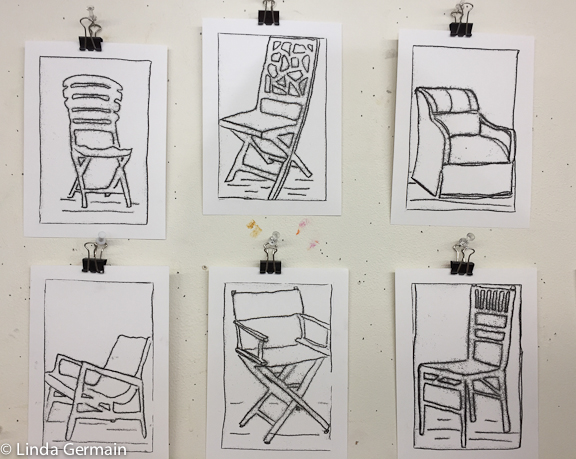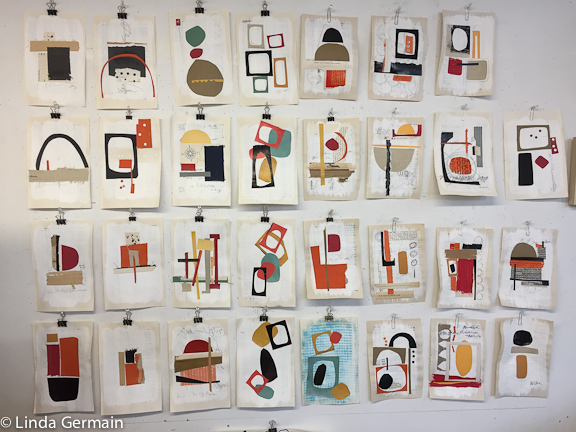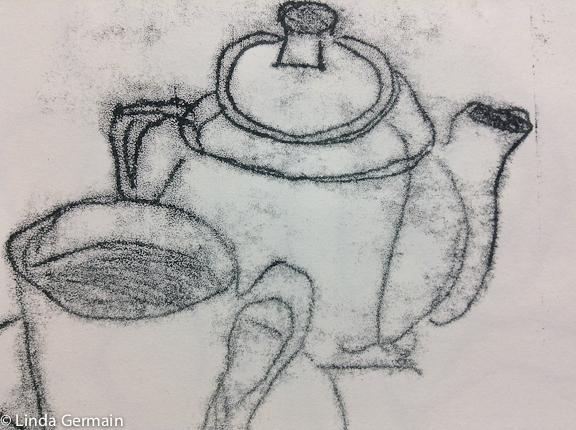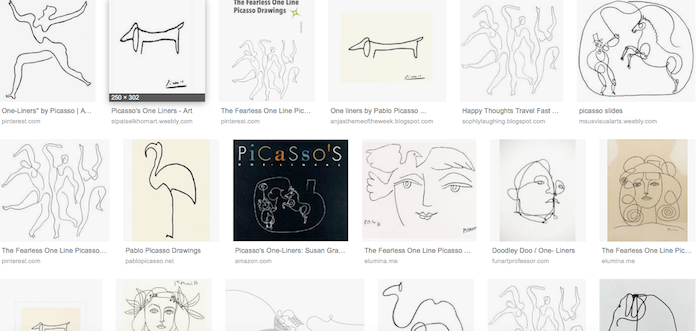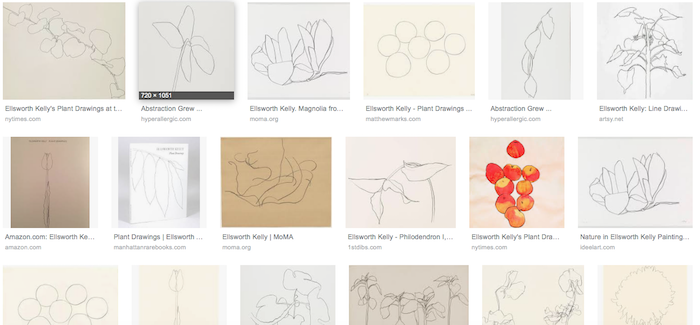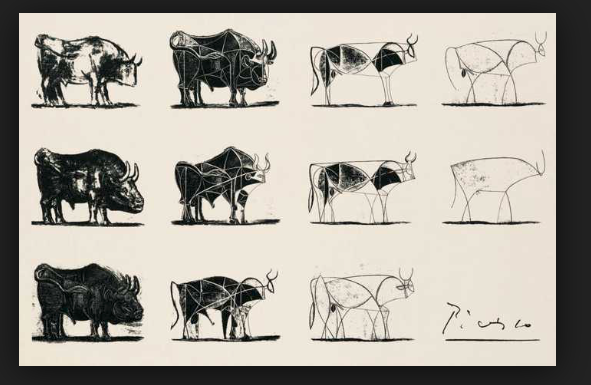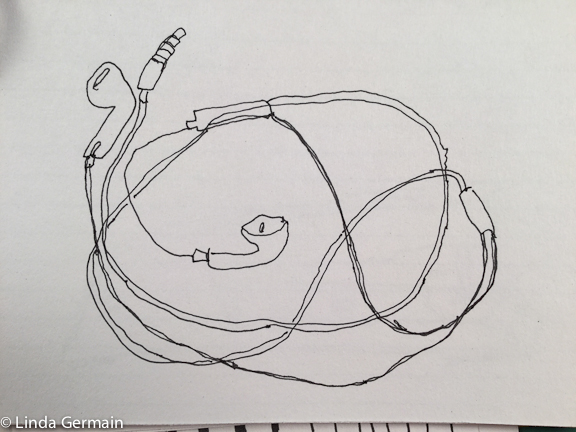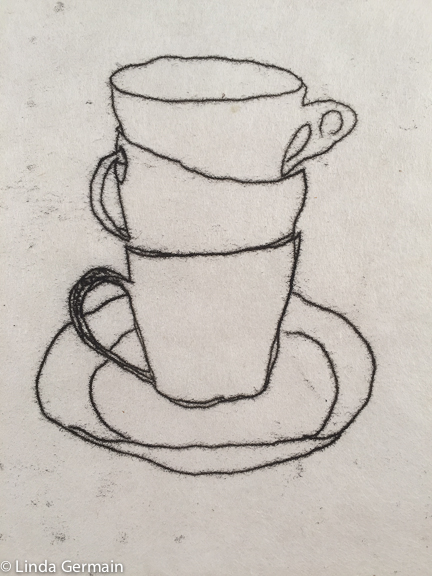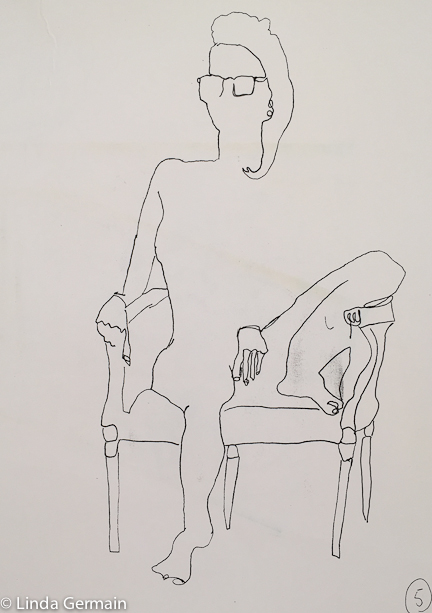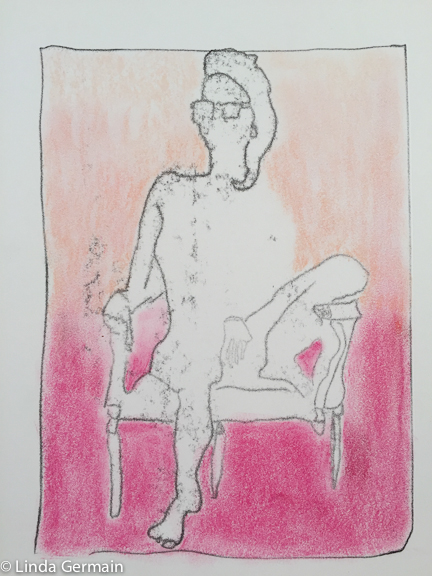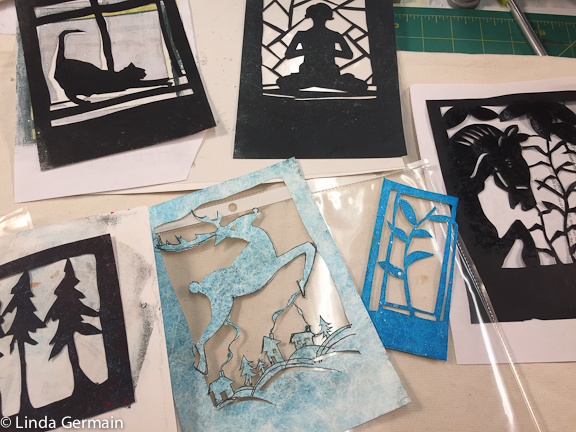Easier instructions – Make the Gelatin & Glycerin plate
I am very pleased to share with you that I have simplified the instructions on how to make the glycerin and gelatin plate for making prints.
One of my students actually simplified the steps and has graciously given me permission to share with you her discovery.
I have found that I only need 3 boxes of gelatin, 2 bottles of glycerin and 2 cups of hot boiling water.
The new trick is to really let the gelatin and glycerin bloom, before adding the hot water. And then use the microwave or double boiler to finish dissolving.
You can get the full instructions and the video tutorial when you join the list.
If you are already on my list and you have lost the link and password, just start to fill out the box below as if you were joining, and you will get a message with the info that you need.
Additionally, you will receive a weekly email about printmaking, ideas, tips and courses.
Join us today and start having fun!
If you are looking for some help making gelatin prints that you love, then you might be interested in the Gelatin Printmaking Workshop.
It is an online self study with more than 30 short videos teaching:
- how to make and use stencils
- find and alter stamping tool
- control and modify inks
- maintain the plate and much more.
Read the details on the printmaking workshop page.
Easier instructions – Make the Gelatin & Glycerin plate Read More »
